Switzerland helps Vietnam apply remote-sensing technology in rice production
The Swiss Agency for Development and Cooperation (SDC) will provide non-refundable aid word 365,000 CHF (nearly 369,000 USD) for the project Remote Sensing-based Information and Insurance for Crops in Emerging Economies – third phase (RIICE 3).
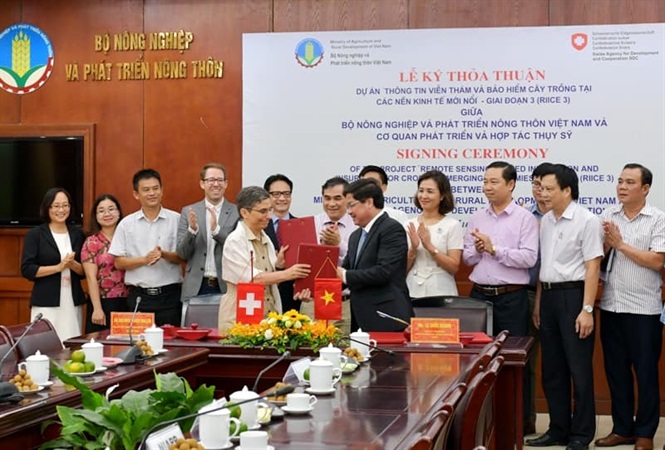 |
At the signing ceremony. Source: sggp.org.vn
An agreement to this effect was signed by the SDC and the Vietnamese Ministry of Agriculture and Rural Development (MARD) in Hanoi on July 17.
The funding, which accounts for 82 percent of the project’s total value, aims to carry out the final steps to integrate the RIICE into the MARD’s rice cultivation and production monitoring system.
Swiss Ambassador to Vietnam Beatrice Maser Mallor said domestic partners have applied cutting-edge technologies such as remote sensing and cloud computing to assist relevant sides in the rice production value chain.
With such technologies, agricultural agencies can promptly access accurate data, thus improving rice production efficiency and enhancing the management of natural disaster risks, she said.
MARD Deputy Minister Le Quoc Doanh said the project has helped Vietnam promote agricultural restructuring, especially in the context of climate change.
The overall aim of the project is to reduce the vulnerability of rice farmers in low-income countries in Asia and beyond.
The RIICE is implemented through a public-private-partnership between the German Development Agency (GIZ), the SDC, the International Rice Research Institute (IRRI), Sarmap company and SwissRe.
The parties make use of remote sensing technologies to map and observe rice growth in selected regions in Asia (Cambodia, India, Indonesia, Thailand and Vietnam).
Such information helps governments to make necessary provisions to meet potential food shortages given that rice is the most important food crop for most Asian countries.
Additionally, such information can help stakeholders involved in rice production to better manage the risks involved. A key option at hands for governments is to establish agricultural insurance solutions to protect rice smallholders. In the same way, the risks involved in agricultural lending by banks to rice smallholders can be reduced through insurance that protects the farmers’ loans against defaulting due to yield losses and thus trigger more investments in agricultural production.
VNF/VNA
Recommended
 National
National
Vietnam News Today (Jun. 2): Vietnamese Trade Mission Sounds Out Business Opportunities in United States
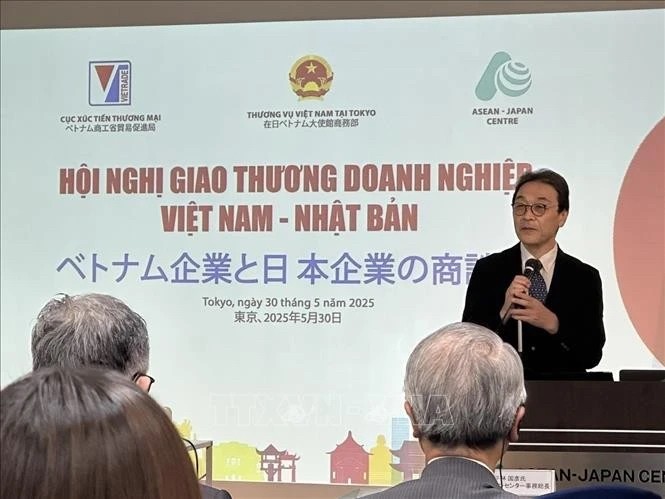 National
National
Vietnam News Today (Jun. 1): Vietnamese, Japanese Firms Foster Partnership
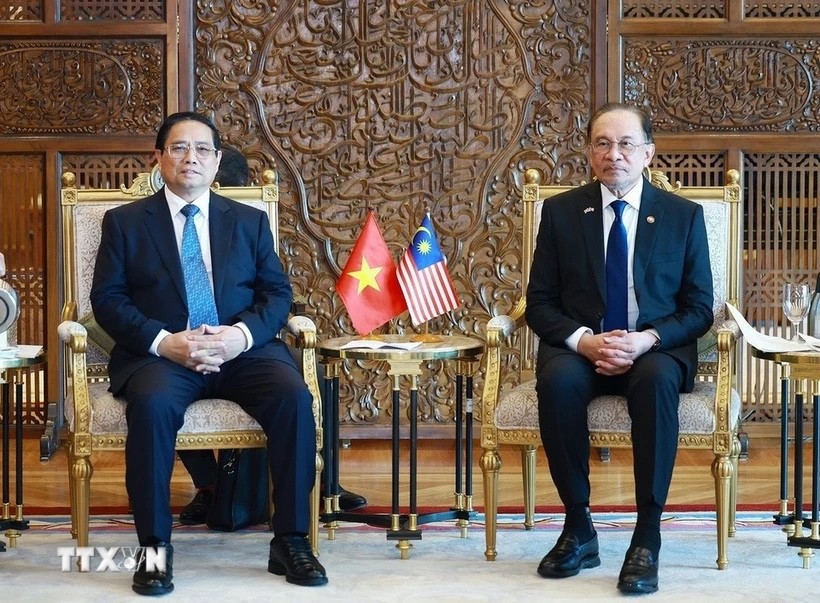 National
National
Vietnam News Today (May 31): Vietnam Strongly Supports Laos’s National Development
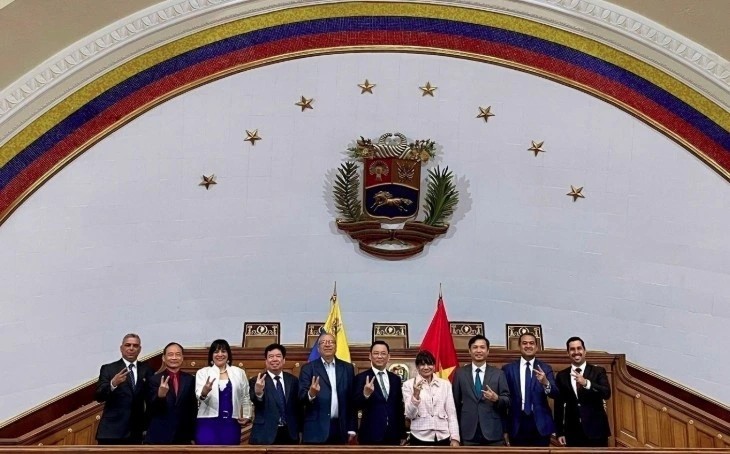 National
National
Vietnam News Today (May 30): Vietnam, Venezuela Reinforce Ties Through People-to-people Diplomacy
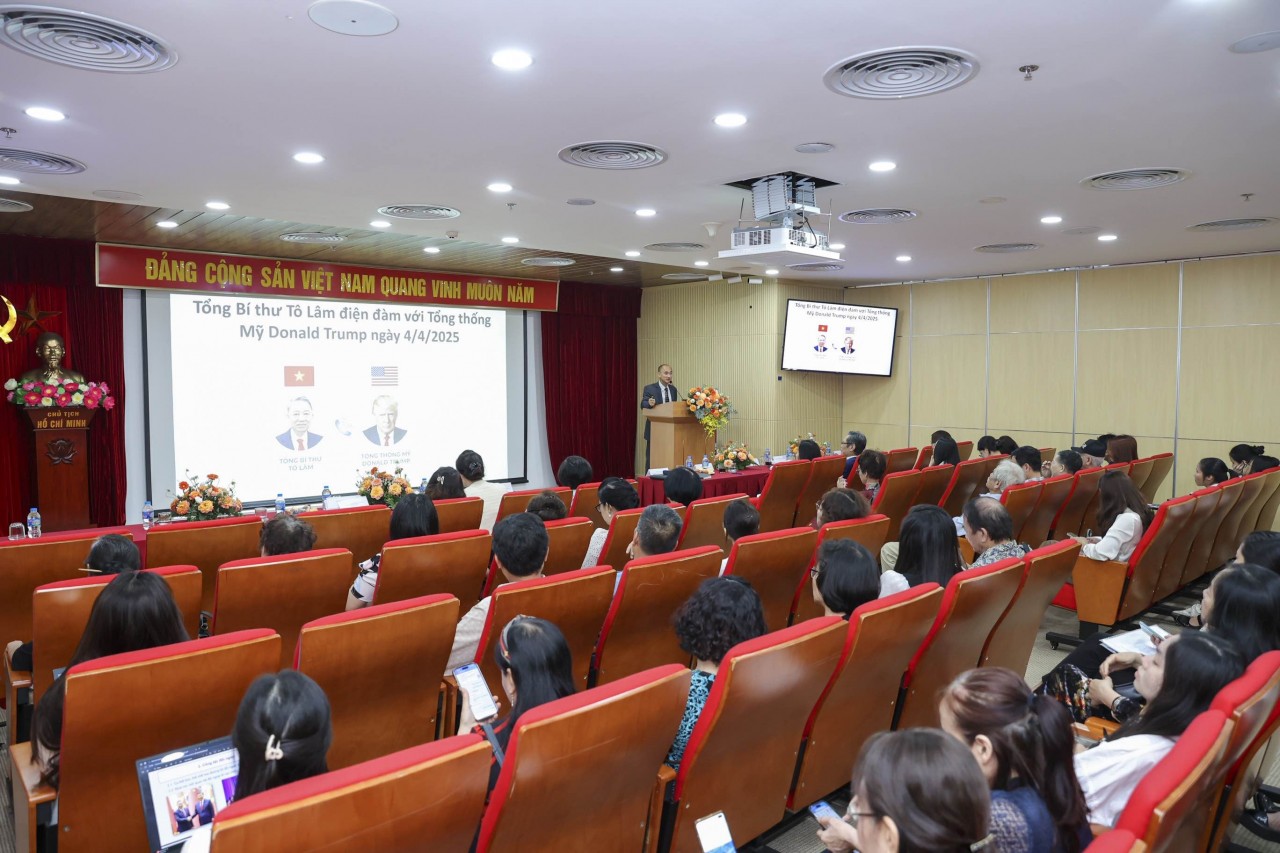 National
National
Vietnam News Today (May 29): Vietnam and Hungary to Expand Cooperation into New Areas
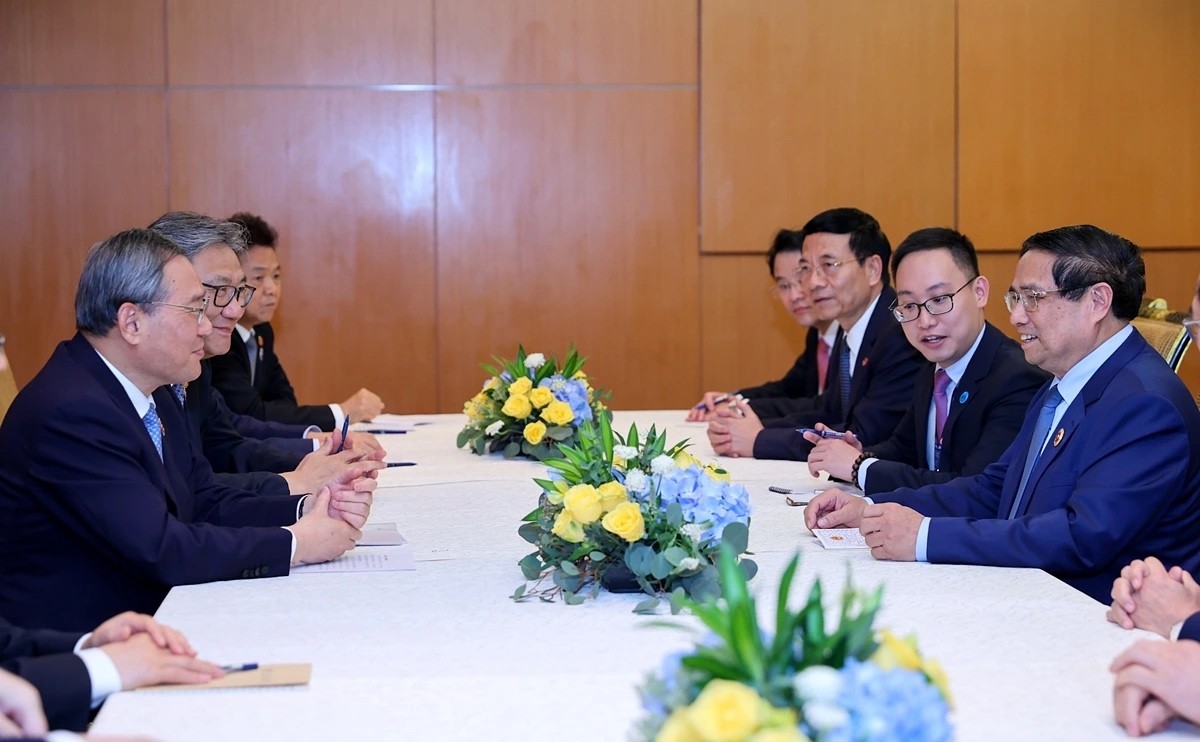 National
National
Vietnam News Today (May 28): Vietnam and China Discuss Strategic Cooperation Orientations
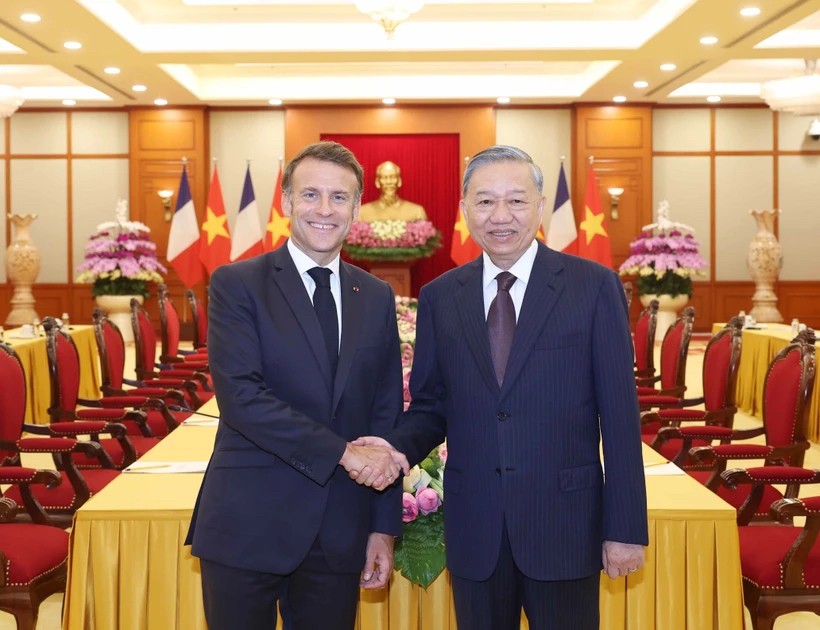 National
National
Vietnam News Today (May 27): Vietnam Treasures Multifaceted Collaboration with France
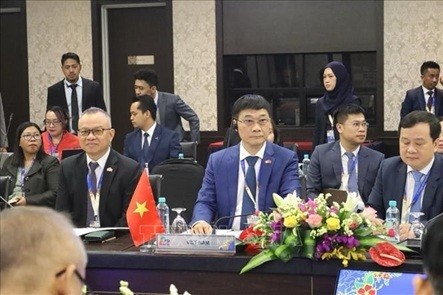 National
National
